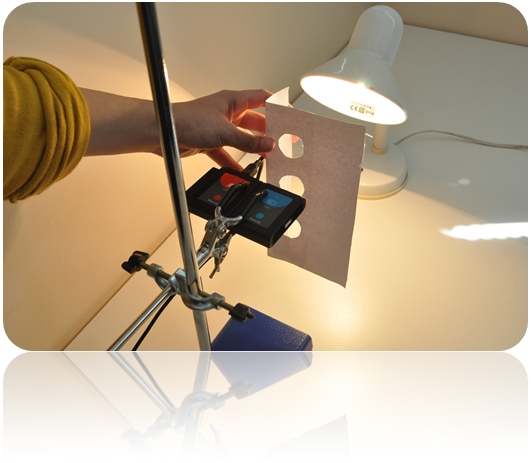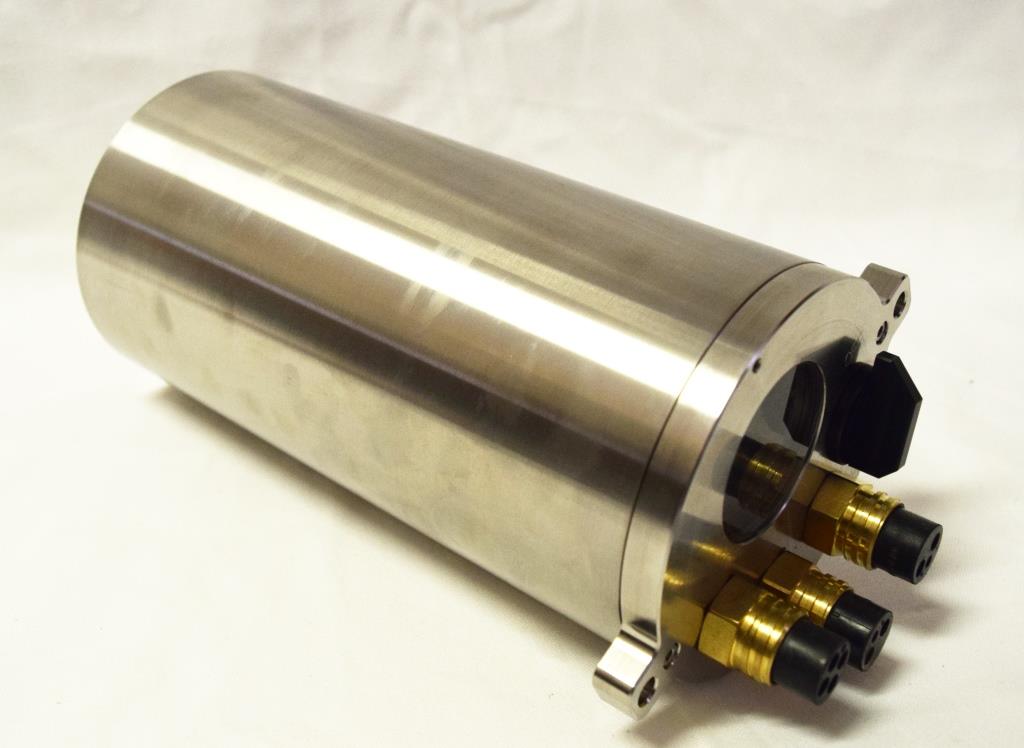

Activity tracking monitors your steps, distance walked, calories burned, active time, and idle time.It’s an ideal fitness tracker for a variety of workout types, ranging from cycling to Zumba, and its three modes cover the bases in terms of activity monitors: Up by Jawbone uses an internal accelerometer and algorithms to track your day-to-day activities, and it uses that data to suggest helpful tips and lifestyle tweaks through the accompanying (and free) Up app. Unless otherwise noted, these brews are also available nationwide.It may look like a toy, but Jawbone Up Move is a powerful activity monitor, food log, and sleep tracker - all in one affordable, colorful package. That means you won’t have to sacrifice your buzz in the name of fewer calories. To make things a little easier, we did the research for you and all the beers on this list contain 126 calories or less and have an ABV of at least 3.0%.

It’s also important to note that any beer that’s advertised as “light” must have packaging that states the number of calories, carbohydrates, grams of protein and grams of fat that are in a serving - even if that info is hidden on the bottom of the cardboard that holds a six-pack together. One gram of alcohol contains about 7 calories so you'll find that many (but not all) lower-calorie beers are also lower in alcohol. In general, most regular beers have about 150 calories per 12-ounce serving and an alcohol by volume (ABV) of 4%.

Tax and Trade Bureau, which regulates alcoholic beverages, defines light beers as those that contain significantly fewer calories than regular versions, but there really are no guidelines for the exact number of calories allowed in a light brew. “For example, they may produce highly fermentable wort that reduces carbohydrates, and then dilute the resulting alcohol content with water.” “Some major brands that invest heavily in their light beer brands undoubtedly have process variations - some likely proprietary - that are used to reduce calories,” says Chuck Skypeck, technical brewing projects manager at the Brewers Association. “This isn’t limited to low-calorie, but also includes organic, local ingredients and other characteristics like low/no alcohol, gluten-free and lower carb.”īut what exactly goes into creating an easy-to-drink brew that isn’t loaded with calories? A low-calorie beer is created when the brewer adds fewer higher-calorie ingredients and more water. “In general, we have seen a shift among craft beer drinkers to more ‘mindful’ drinking choices,” says Bart Watson, chief economist at the Brewers Association. Light lagers are the most popular beers in the U.S., making up 42.6% of all beers sold in the country, according to the Beverage Information and Insights Group.

If you're searching for the perfect light beer to bring to summer barbecues, Super Bowl parties and your sofa after a long day, you're not alone.


 0 kommentar(er)
0 kommentar(er)
